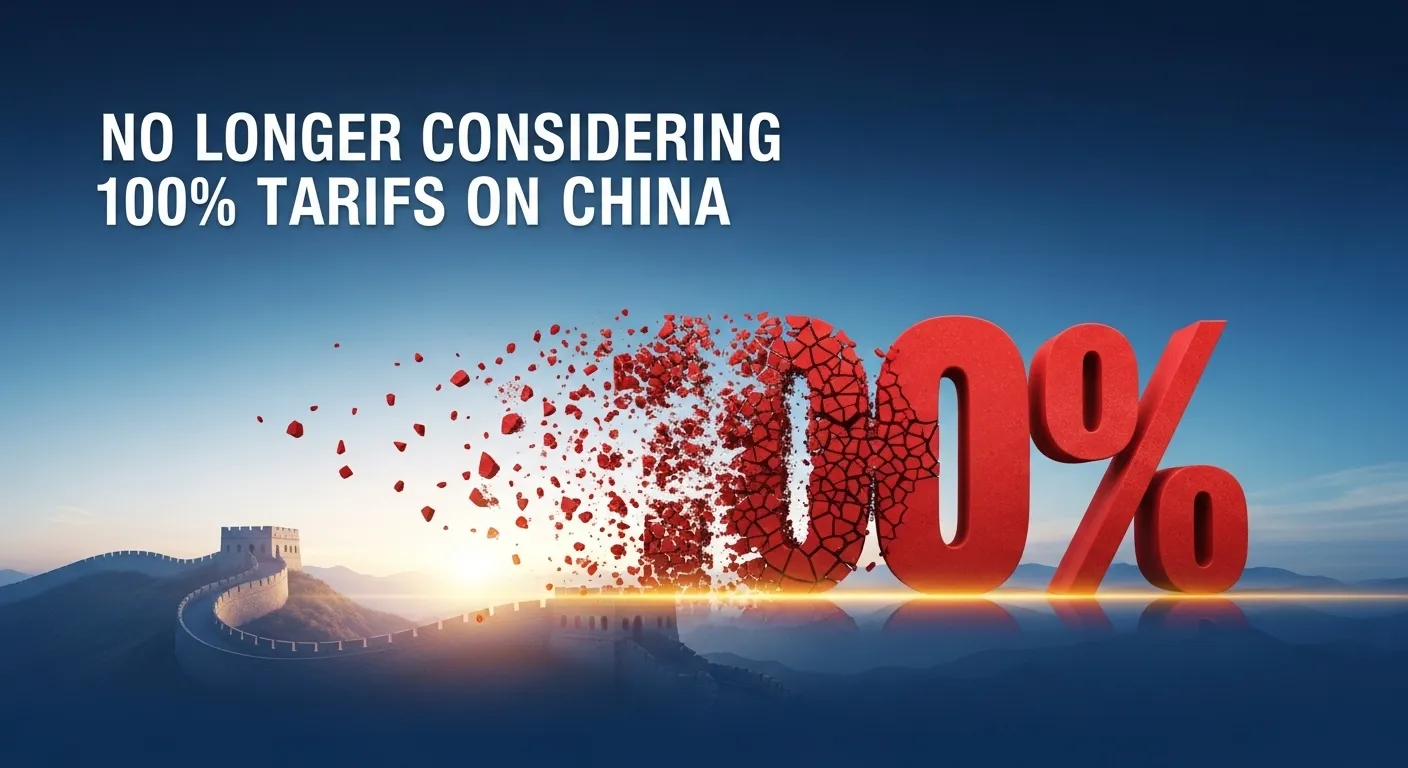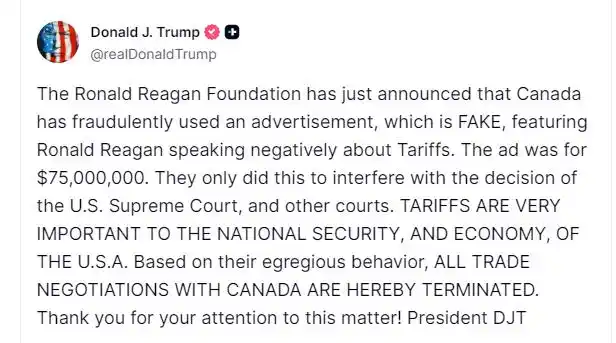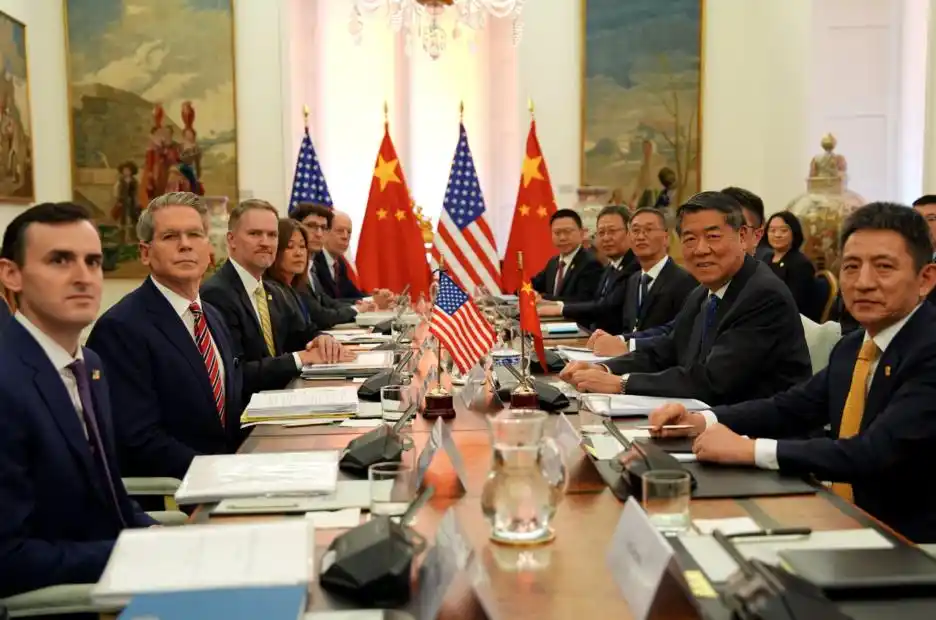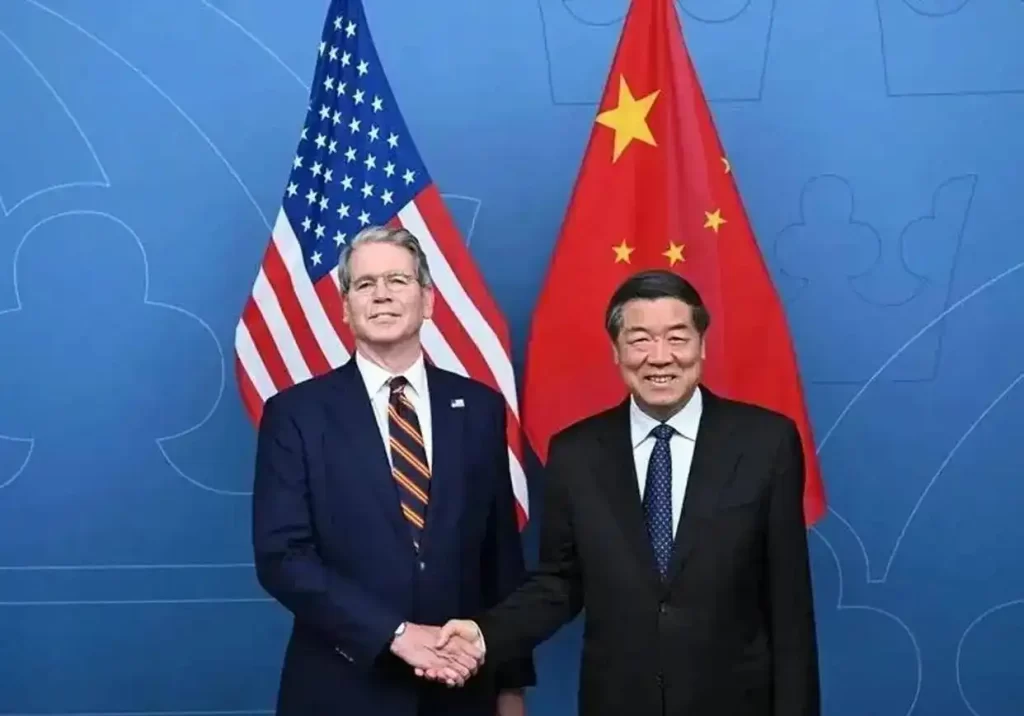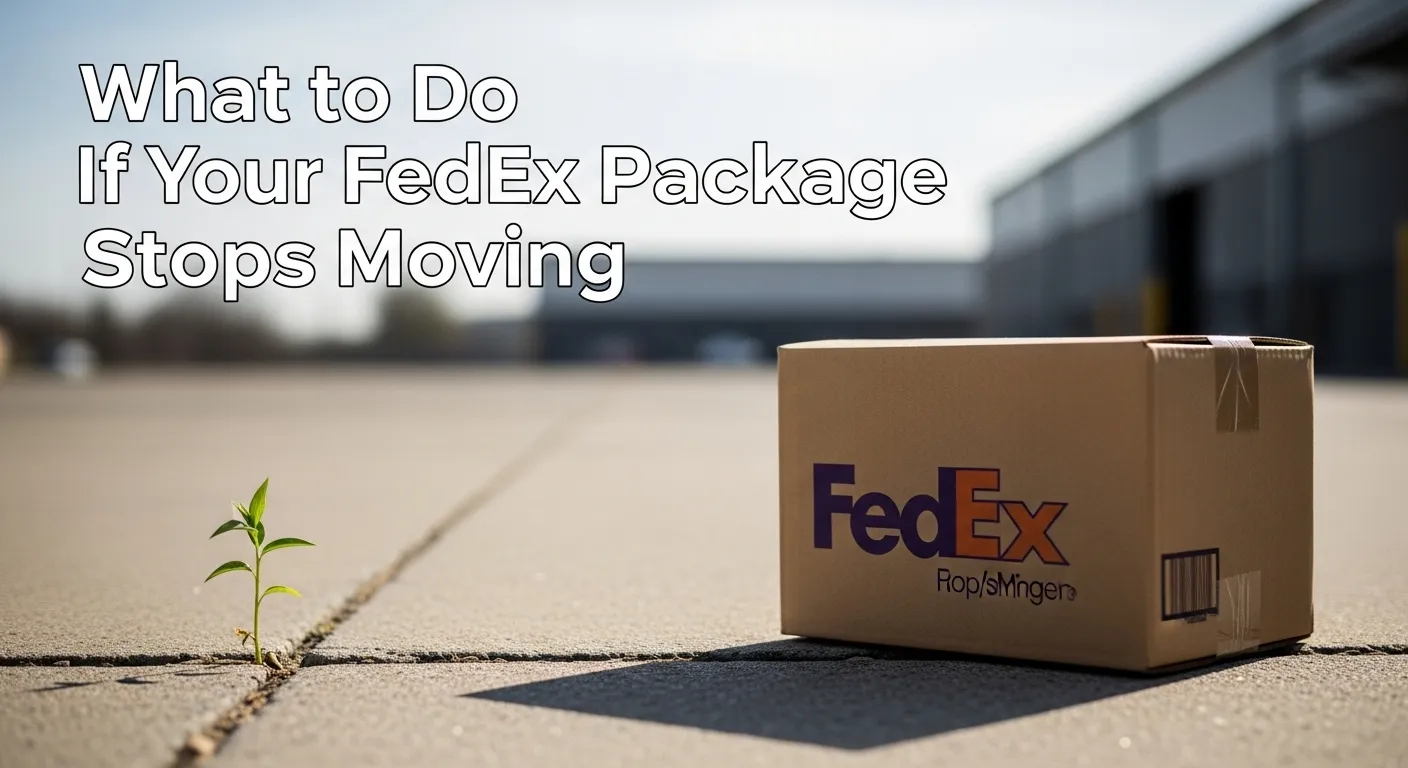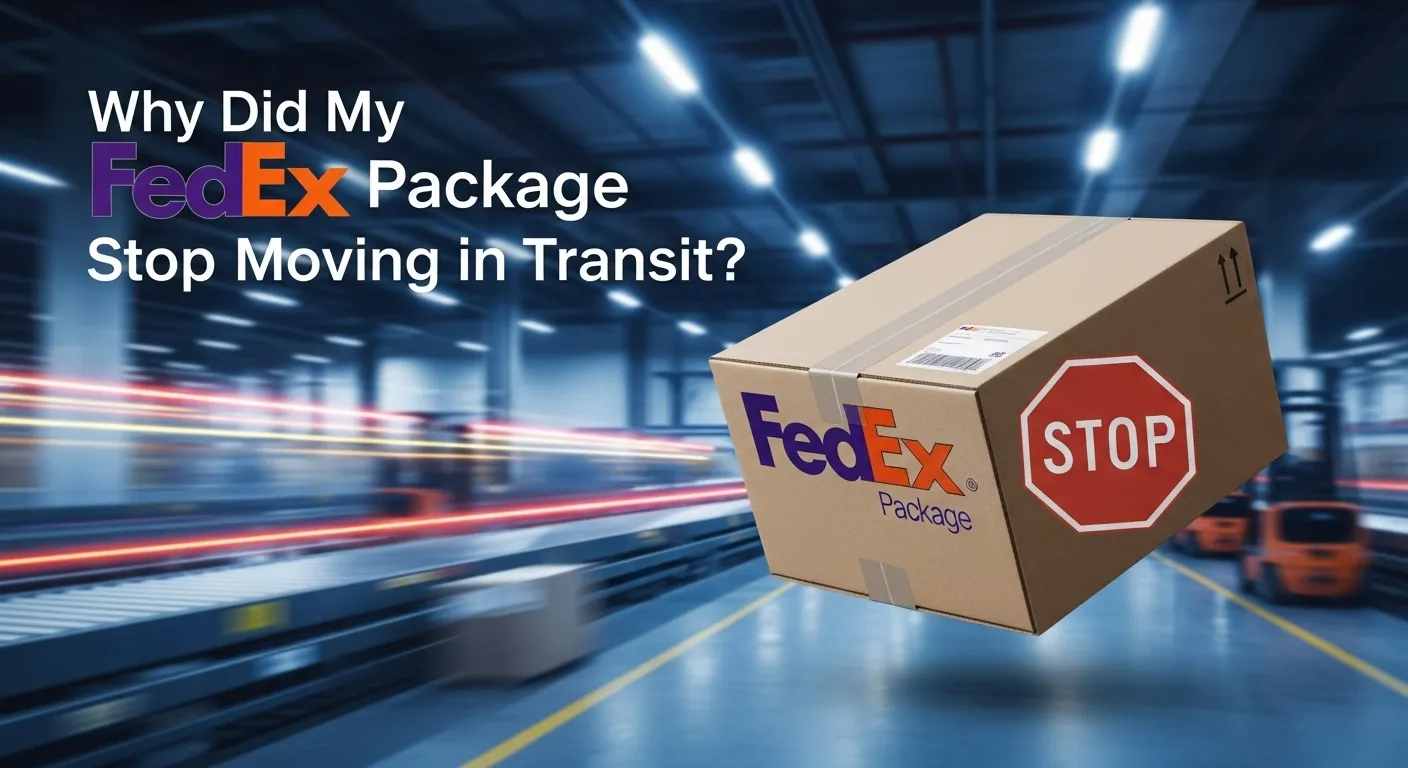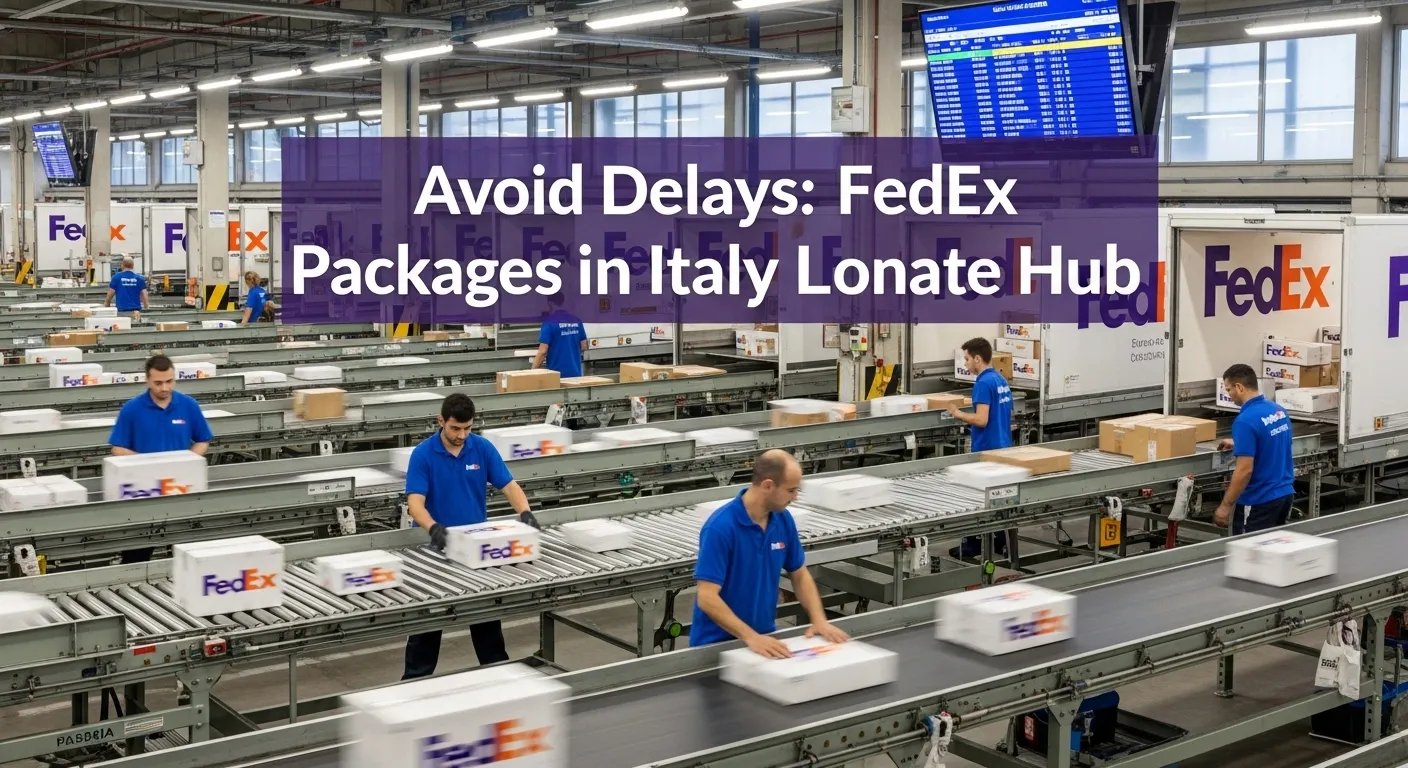US Treasury Secretary Says: No Longer Considering 100% Tariffs on China
The latest round of US-China trade talks concluded on October 26 in Kuala Lumpur, Malaysia, after two days of intense negotiations. Both sides held discussions guided by the recent consensus reached by the two national leaders. Topics included the 301 measures on maritime logistics and shipbuilding, the extension of reciprocal tariff suspension, fentanyl-related tariffs and enforcement cooperation, agricultural trade, and export controls.
Officials described the dialogue as frank, in-depth, and constructive. Both sides reached a preliminary consensus on resolving key concerns and agreed to finalize the details through domestic approval procedures. Analysts from both countries called the outcome a positive step forward.
Constructive Progress in Kuala Lumpur
From October 25 to 26, Chinese Vice Premier He Lifeng led the Chinese delegation, while the U.S. side was represented by Treasury Secretary Besant and Trade Representative Greer. He Lifeng emphasized that the US-China economic relationship is fundamentally mutually beneficial. He noted that cooperation benefits both nations, while confrontation harms both. Maintaining stable trade relations, he said, aligns with the interests of both peoples and meets global expectations.
He added that differences should be handled through dialogue and respect, not confrontation. The U.S. delegation responded that it views US-China trade relations as the most influential bilateral relationship in the world and expressed its willingness to cooperate with China in a respectful and equal manner.
A Framework for Future Cooperation
According to Singapore’s Lianhe Zaobao, the trade teams met for over five and a half hours on the first day and continued discussions the following morning. Chinese Vice Minister Li Chenggang later revealed that the agenda covered many issues, including export controls, tariff suspension extensions, fentanyl cooperation, trade expansion, and maritime industry fees under the U.S. Section 301 measures.
After a day and a half of talks, both sides reached a constructive preliminary consensus. The next step, Li said, would be for each side to complete internal approval procedures.
U.S. officials echoed this optimism. Treasury Secretary Besant said the two countries had established a “highly successful framework” that would help pave the way for a potential leaders’ meeting. U.S. Trade Representative Greer added that discussions had been productive, covering tariffs, rare earths, and a possible trade agreement proposal ready for review by the two heads of state.
While attending the ASEAN Summit in Kuala Lumpur, President Donald Trump told reporters he was confident about reaching a comprehensive deal with China.
“Tensions Have Eased”
According to Reuters, this was the fifth face-to-face meeting between the two trade teams since May. After the talks, Besant told U.S. media that the sides had reached a “substantial framework agreement” and that the U.S. was no longer considering 100% tariffs on China.
The South China Morning Post commented that the results marked a significant easing of tensions between the world’s two largest economies. The current reciprocal tariff suspension period will expire on November 10, making the progress even more meaningful.
Zhou Mi, a researcher from China’s Academy of International Trade and Economic Cooperation, said both sides engaged in tough bargaining but achieved effective results. The talks, he noted, were constructive, wide-ranging, and mutually beneficial. Whether this progress can lead to a formal written agreement, he added, remains to be seen. However, the outcome sends a strong positive signal for global markets.
APEC Summit Could Shape the Next Stage
Observers linked these US-China trade talks to the upcoming APEC Summit, which will be held in Gyeongju, South Korea, from October 30 to November 1. President Xi Jinping will attend the meeting and make a state visit to South Korea, while President Trump has also confirmed his visit.
South Korean media outlets highlighted the global anticipation surrounding a potential Xi-Trump meeting. The Dong-A Ilbo reported that this would be the first time in history that both U.S. and Chinese leaders visit South Korea simultaneously. Analysts believe such a meeting could determine whether the current tariff truce continues or ends, shaping the future of U.S.-China competition.
The upcoming summit will focus on “Connectivity, Innovation, and Prosperity.” South Korean business leaders, including SK Group Chairman Chey Tae-won, emphasized that the APEC gathering will serve as a barometer for U.S.-China relations. He said the world has moved beyond the era of unrestrained free trade and must now navigate new trade barriers and evolving global supply chains.
China Reaffirms Its Openness
On October 24, Chinese Ambassador to the United States Xie Feng addressed American audiences about China’s future direction following the Fourth Plenary Session of the 20th CPC Central Committee. He stressed that China will continue to embrace globalization and expand its openness despite protectionist trends.
“Small yards and high walls,” he said, “cannot stop China’s progress.” He reaffirmed China’s commitment to multilateralism, reform, and shared global growth.
